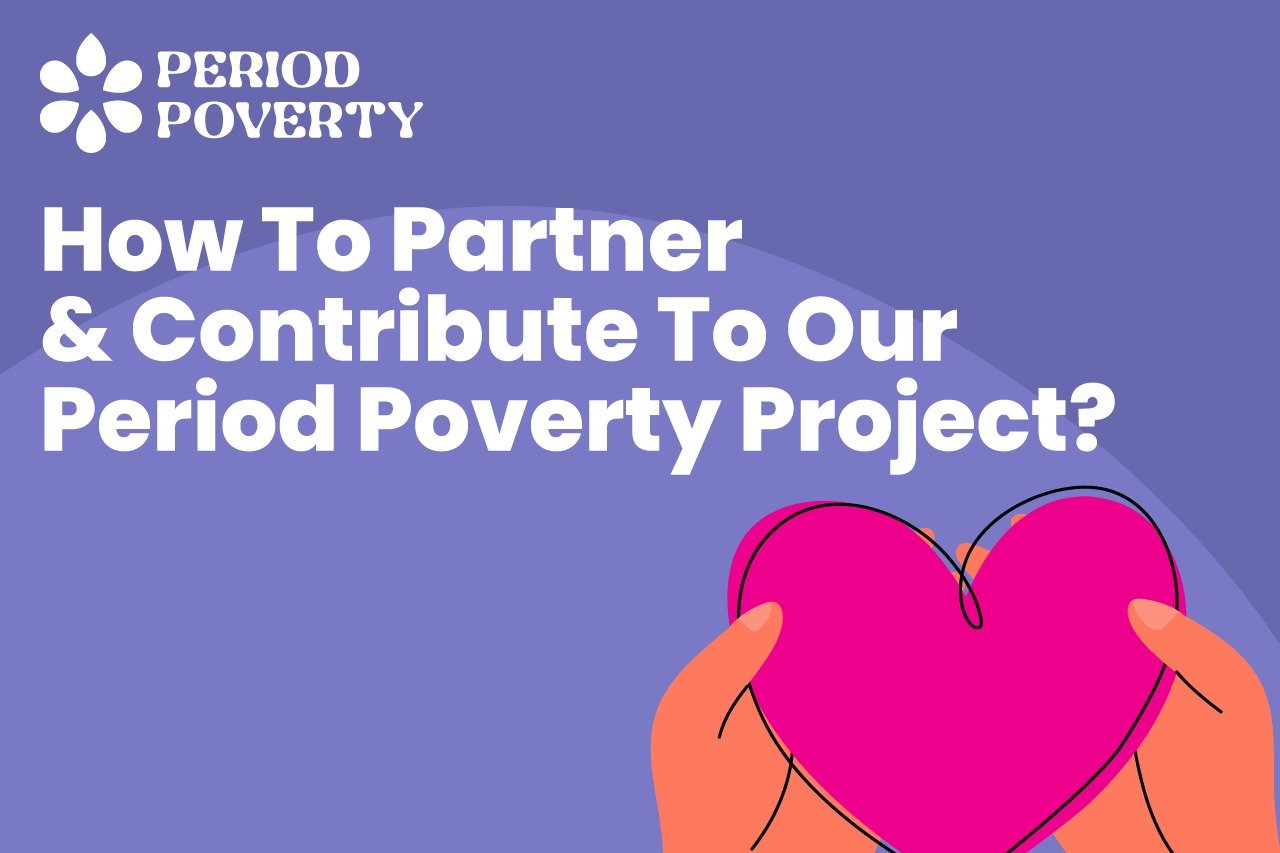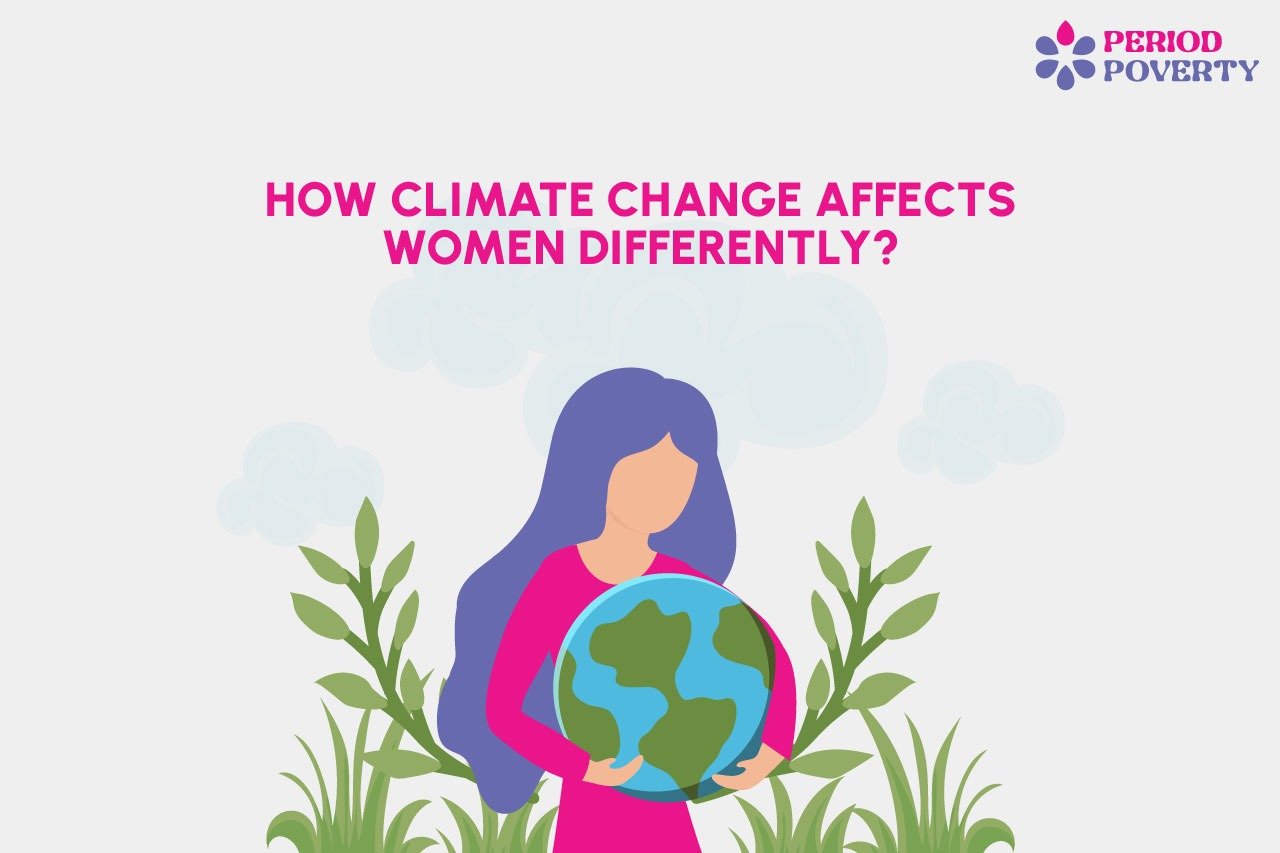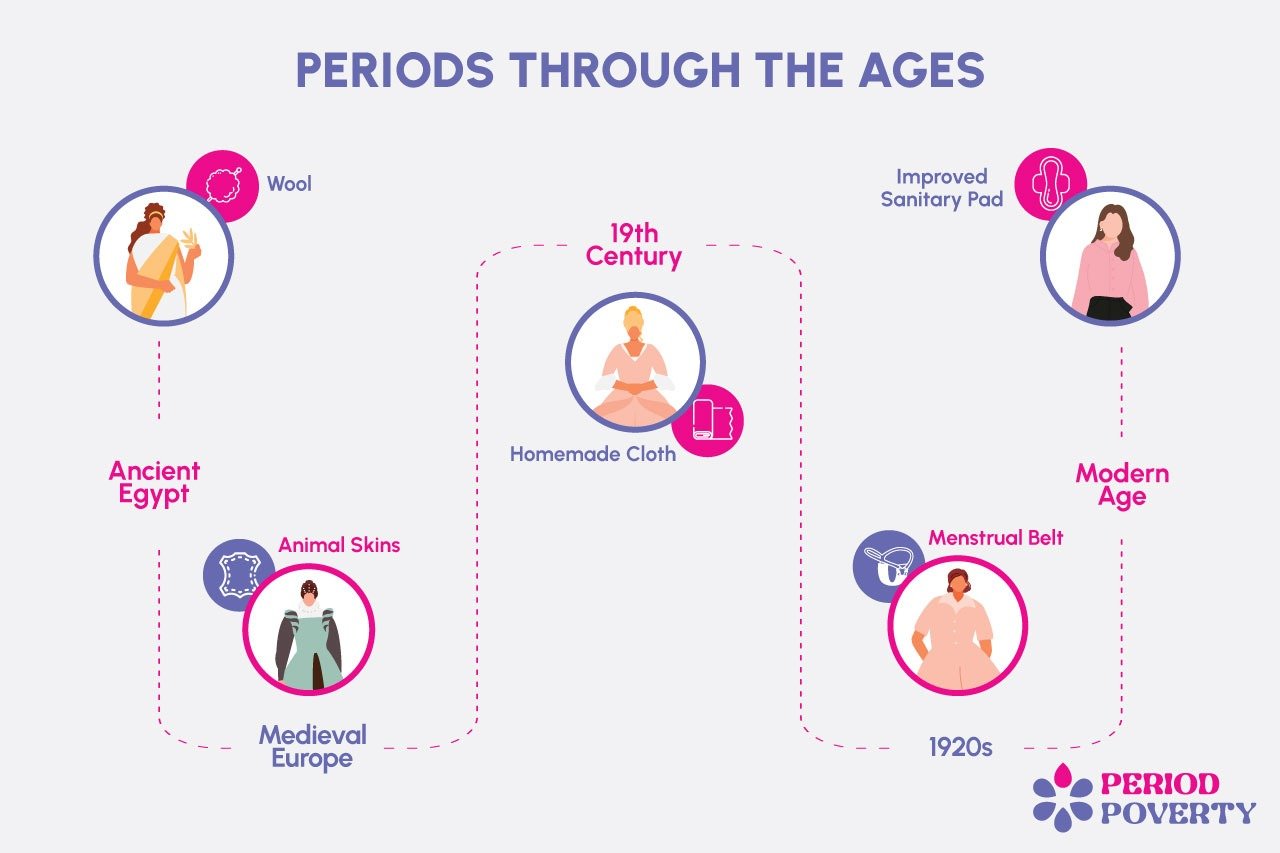Menstrual hygiene encompasses the practices and measures essential for women and individuals who menstruate to manage their menstrual cycle hygienically and comfortably. It involves using clean menstrual products, maintaining proper sanitation, and adopting healthy habits during menstruation. Beyond the superficial aspects, it is a critical aspect of overall health and well-being. Proper menstrual hygiene not only ensures physical comfort but also prevents infections, promotes reproductive health, and contributes to a person’s dignity and confidence during their menstrual cycle.
This blog delves into the intricate relationship between menstrual hygiene and reproductive health. We will shed light on the often neglected consequences of poor menstrual hygiene practices. By exploring the various ways inadequate menstrual hygiene impacts reproductive organs and overall health, this discussion aims to highlight the gravity of the issue. From infections and diseases to potential fertility complications, the blog will uncover the depth of repercussions stemming from neglecting proper menstrual hygiene.
What constitutes good menstrual hygiene?
Standard practices for maintaining menstrual hygiene encompass a spectrum of habits and routines. Adequate educational resources and access to various menstrual products enable individuals to choose what suits them best. Adopting healthy practices like washing hands before and after changing sanitary products, using clean water and soap to clean the genital area, and ensuring the availability of clean and private sanitation facilities are essential practices. Furthermore, understanding one’s menstrual cycle, recognizing signs of potential infections, and seeking timely medical assistance when needed are key aspects of maintaining good menstrual hygiene.
The Link Between Menstrual Hygiene and Reproductive Health
The connection between menstrual hygiene and reproductive health is deeply intertwined with the intricate functioning of the reproductive system. Proper menstrual hygiene is pivotal in maintaining the delicate balance and health of the reproductive organs. Poor menstrual hygiene practices, such as using unclean menstrual products or inadequate genital hygiene, can pave the way for infections, causing inflammation and potential damage to the uterus, fallopian tubes, and ovaries. These infections, if left untreated, can escalate, leading to severe reproductive tract infections like pelvic inflammatory disease (PID) or endometritis. Furthermore, the long-term repercussions of inadequate hygiene practices extend beyond immediate infections, potentially impacting fertility and increasing the risk of complications during pregnancy, such as preterm birth or miscarriage. By understanding this intricate link, it becomes evident that prioritizing menstrual hygiene is crucial for safeguarding overall reproductive health and well-being.
Health Risks Associated with Poor Menstrual Hygiene
Challenges in maintaining proper menstrual hygiene persist globally. Socioeconomic factors often dictate access to menstrual products and sanitation facilities, leading to disparities in hygiene standards among communities. Cultural taboos and stigma surrounding menstruation hinder open conversations and education about menstrual hygiene. Inadequate or improper disposal systems, especially in low-resource settings, contribute to environmental pollution and health risks. Additionally, limited awareness and education about menstrual health lead to misconceptions and inhibit the adoption of proper hygiene practices, perpetuating the cycle of inadequate menstrual care. Here are a few significant health-related risks associated with poor menstrual hygiene:
A. Infections and Diseases
Bacterial and Fungal Infections: Poor menstrual hygiene creates a conducive environment for the proliferation of bacteria and fungi. Inadequate sanitation and prolonged use of unclean menstrual products elevate the risk of bacterial vaginosis and yeast infections. These infections, characterized by discomfort, abnormal discharge, and itching, often stem from unhygienic practices during menstruation, potentially leading to more severe complications if left untreated.
Reproductive Tract Infections: Poor menstrual hygiene escalates the vulnerability to severe reproductive tract infections like pelvic inflammatory disease (PID) and cervicitis. These infections, if not addressed promptly, can ascend through the reproductive system, affecting the uterus, fallopian tubes, and ovaries. Chronic pelvic pain, inflammation, and, in severe cases, fertility impairment can result from untreated reproductive tract infections caused by compromised menstrual hygiene practices.
B. Impact on Fertility and Pregnancy
Complications During Pregnancy: Inadequate menstrual hygiene, leading to recurrent or untreated infections, heightens the risk of complications during pregnancy. Women experiencing poor menstrual hygiene practices face an increased likelihood of preterm birth, low birth weight in infants, and susceptibility to severe conditions such as sepsis during childbirth. These complications underscore the critical connection between menstrual hygiene and maternal health, emphasizing the importance of proper hygiene practices to support healthy pregnancies.
Infertility Risks: Untreated reproductive tract infections resulting from poor menstrual hygiene can adversely affect fertility. Chronic infections can lead to scarring or damage within the reproductive organs, potentially causing conditions like blocked fallopian tubes or endometriosis. These complications pose challenges to conception and increase the risk of infertility. The significance of maintaining proper menstrual hygiene becomes pivotal in preserving reproductive health and mitigating the risks associated with fertility issues stemming from inadequate hygiene practices.
Addressing the Issue: Solutions and Interventions
Addressing the challenges of poor menstrual hygiene requires a multifaceted approach encompassing education, accessibility, infrastructure improvements, and cultural change. Education and awareness campaigns stand as a fundamental pillar, aiming to dispel myths, normalize conversations about menstruation, and impart crucial hygiene knowledge. These initiatives not only empower individuals to make informed choices but also foster supportive environments where menstrual health is openly discussed and understood. Simultaneously, ensuring access to affordable and varied menstrual hygiene products remains pivotal. Efforts focused on affordability and availability enable individuals, regardless of socio-economic status, to access quality products, reducing reliance on unhygienic alternatives.
Improving sanitation facilities and infrastructure is essential for promoting hygienic practices. Access to clean and private sanitation facilities with disposal systems for used menstrual products is crucial in fostering hygiene and dignity. Moreover, breaking cultural taboos surrounding menstruation requires community engagement and inclusive dialogues. By involving community leaders and influencers, it’s possible to challenge stigmas, reshape perceptions, and create supportive environments where menstrual hygiene is prioritized without shame or discrimination. This holistic approach addresses the root causes of poor menstrual hygiene, fostering sustainable changes in attitudes, infrastructure, and accessibility to ensure comprehensive menstrual health and well-being for all.
Our project, Period Poverty, embodies a comprehensive approach to combatting the challenges of inadequate menstrual hygiene. Through a myriad of initiatives, we address various facets of this issue. Our educational resources are potent tools that raise awareness and impart crucial knowledge about menstrual hygiene. Informative videos covering women’s health issues amplify this outreach, fostering informed decisions and discussions. Offering eco-friendly and affordable pads aligns with our commitment to accessibility, ensuring that quality products are within reach for all.
Moreover, our distribution of free pads directly tackles the economic barriers many face in accessing essential hygiene products. Additionally, our workshops in remote communities serve as transformative platforms where we not only educate but also actively dismantle the stigma surrounding menstruation. By engaging with these communities, we foster supportive environments, nurturing understanding and acceptance, ultimately paving the way for improved menstrual health and reproductive well-being.
In conclusion, the intrinsic link between menstrual hygiene and reproductive health cannot be overstated. It is imperative to recognize menstrual hygiene not just as a matter of comfort but as a fundamental aspect of overall health. A collective call to action is necessary, urging individuals, communities, and policymakers to prioritize menstrual hygiene. By fostering education, ensuring access to affordable products, improving sanitation infrastructure, and dismantling cultural taboos, we can create an environment where menstrual health is normalized and supported without barriers. This collective effort paves the way for a future where menstrual hygiene is universally acknowledged, empowering individuals to embrace their reproductive health with dignity and ensuring healthier outcomes for all.
To learn more about the issue of period poverty and how you can contribute to the cause, visit our website at www.ppoverty.org.






